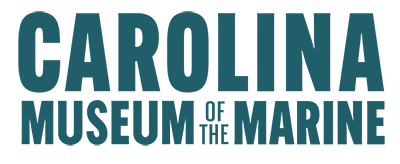Vol 1, No. 4, April 2022 FRONT AND CENTER – The Principle of Federalism
FRONT AND CENTER
Vol. 1, No 4, April 2022
Mission
Honoring the legacy of Carolina Marines and Sailors and inspiring future generations.
Statement of Purpose
For more than 2,000 years, thinkers in the West have understood that in order for a people to govern themselves, they must be virtuous. In this tradition there are four cardinal virtues that identify a well-developed person: wisdom, courage, prudence, and justice. Since 1775, the United States Marine Corps has been integral to the security of our country, and integral to the mission of the Corps are the virtues of honor, courage, and commitment. We find in the Marines’ understanding of honor the fullness of the cardinal virtues that define not just a well-formed Marine, but a well-formed person and citizen. The histories of the Marine Corps and of the United States Navy are graced with a wealth of examples of these virtues in action. This history is worthy of remembrance and respect, but in a time when there is disagreement among Americans about what is virtuous, the example of our Marines and Sailors is particularly important. Carolina Museum of the Marine is dedicated to remembering and honoring the many achievements of Carolina Marines and Sailors, and to bringing those achievements to the American public as guides to the recovery of virtuous citizenship in America.
The English writer G.K. Chesterton famously wrote that “The true soldier fights not because he hates what is in front of him, but because he loves what is behind him.” In recent years, long-standing problems in our society have become acute, causing some to question the meaning of America and its place in the world. While these problems are now widely discussed, their causes are in dispute. If we consider the seeming ease with which people of all political persuasions are made to accept as true ideas that are clearly not true, and try to trace this phenomenon to its source, we come face-to-face with the problems of education. If we are preparing our young people to live responsible and rewarding lives that contribute to the well-being of our communities, we must teach them how to think. People who cannot think competently and critically are susceptible to errors that are all too prevalent and so easily accessible. It is also the case that a people who do not honestly and accurately understand their history are like an individual who has lost his memory: they no longer know who they are.
While the problems of education do not capture completely the sources of our present troubles, they are important contributors. Unfortunately, study after study show that Civics education in the United States has become both less available and less effective when it is taught. This is why the Al Gray Marine Leadership Forum at Carolina Museum of the Marine is committed to teaching Americans to think competently and to approach our history with honesty and care. Clear thinking and careful preservation of history are critical elements of a society worthy of devotion and defense, for these disciplines are necessary to the preservation of a shared and valued way of life. Disentangling errors in understanding can be difficult, but most things worth doing are challenging. We wish to see ever more Americans come together to restore mutual respect, civil political discourse and social cooperation that are defining marks of a people worthy of freedom.
The Principle of Federalism
James Danielson, PhD
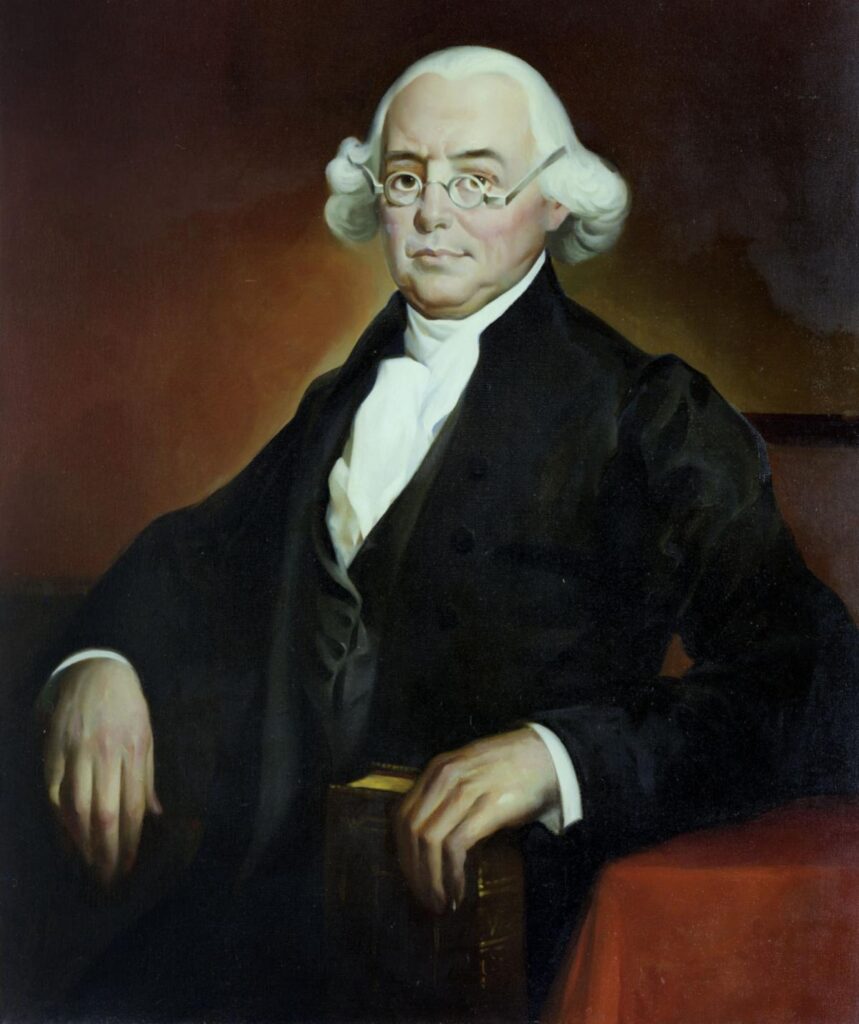
James Wilson was a Scottish-born Pennsylvanian who was one of the leading jurists in the early years after the ratification of the Constitution. He served on the Committee of Detail that produced the first draft of the Constitution at the Philadelphia Convention in 1787. He is regarded as the principal designer of the executive branch of government in the Constitution. Wilson was a nationalist who wanted the president to be elected by Americans considered as one national body of citizens, rather than as citizens of separate, sovereign states. This proposal was not going to pass out of the Convention because the United States was not a nation under the Articles of Confederation and Perpetual Union, but a confederation of sovereign states, and there was little expressed desire to create a unitary nation with a sovereign, central government.
So, having taken the general temper of his colleagues, Wilson proposed the electoral college as a state-based process for choosing a president. Wilson was one of the original six justices of the Supreme Court appointed by George Washington and, as the first professor of law at the College of Philadelphia (which became the University of Pennsylvania), taught the first course on the Constitution to President Washington and his cabinet in 1789 and 1790.
The Convention ended on 17 September, 1787 and nineteen days later, on 6 October, Wilson gave a speech defending the Constitution from critics. The speech was delivered in the yard of the Pennsylvania State House in Philadelphia, where the Constitution had been approved just days before, and so his defense has come to be known as the State House Yard Speech. This speech is important in part because of its influence on the tone of debates about the Constitution that were to follow. The nationalists, who misleadingly called themselves “federalists,” showed a troubling tendency to use invective and censorship to bully into acquiescence those Americans who did not like the proposed Constitution. Though Wilson was a nationalist, he recommended the new Constitution to the minds of his countrymen with civility and rigor, considering the arguments of critics as honest expressions of concern about the new Constitution. However, civility and rigor in responding to critical analyses of one article or another of the Constitution would not have been sufficient to persuade critics convinced that the new federal government was given too much power for the sovereignty of the states to be secure. Wilson’s speech was influential because he based his case on the widely held principle of federalism, which many Americans thought to be imperiled by the new Constitution. In short, Wilson set out to confront first of all the objection that the new constitution upends the principle of federalism for this is the objection in light of which all other objections drew their force.
Wilson begins his refutation of criticisms of the proposed Constitution by seeking to allay fears that the new frame of government, if adopted, would grow over time into what was called “a despotism,” and he did this by identifying the essential difference between the state constitutions and the newly proposed federal Constitution. This difference, Wilson insists, is the fundamental principle of federalism upon which the new Constitution was based. When the people of the various states composed their constitutions, they gave to their representatives every right and authority they did not explicitly reserve.
In other words, those actions which state governments were forbidden to undertake were written down in their constitutions, and where a right or authority was not forbidden, it was allowed. In the federal Constitution the principle is reversed, so the federal government has only those powers delegated in the Constitution, and where the Constitution is silent, the federal government has no authority.

“Hence, it is evident, that in the former case [the states] everything that is not reserved is given; but in the latter [the federal government] the reverse of the proposition prevails, and everything which is not given is reserved.” James Madison famously said this very thing to the people of New York in Federalist 45: “The powers delegated by the proposed Constitution to the federal government are few and defined. Those which are to remain in the State governments are numerous and indefinite.” This principle would be enshrined in the new Constitution in the Tenth Amendment in 1791: “The powers not delegated to the United States by the Constitution, nor prohibited by it to the States, are reserved to the States respectively, or to the people.” It is difficult to overstate the importance of this principle to the adoption of the Constitution in the state ratification conventions.
George Stamos Guadalcanal Collection
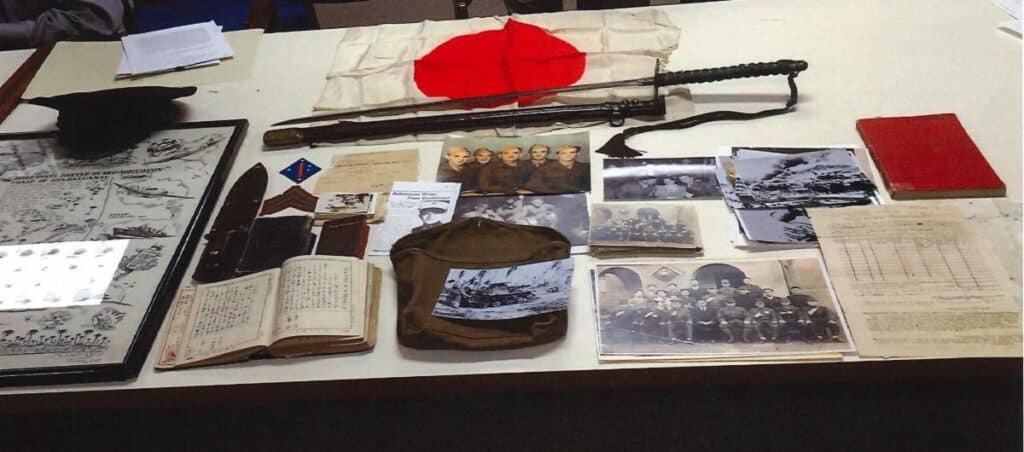
Carolina Museum of the Marine thanks Mr. George Stamos for the donation of a collection of artifacts recovered by USMC Sgt James G. Stamos of the 1st US Marine Division, serving from 1941-1945. Items pictured above were obtained as a result of hand-to-hand combat on Guadalcanal with a Japanese officer on 21 August 1942. “We appreciate the assistance we received from LtCol Patrick G. Owen, USMC (Ret) and the gift made by Stamos’s son, George Stamos,” said SgtMaj Joe Houle, USMC (Ret). Houle is Director of Operations and Artifacts for the Museum.
A BRIEF HISTORY OF THE ORIGINS OF MCAS NEW RIVER
LtCol Lynn Kimball, USMC (Ret)
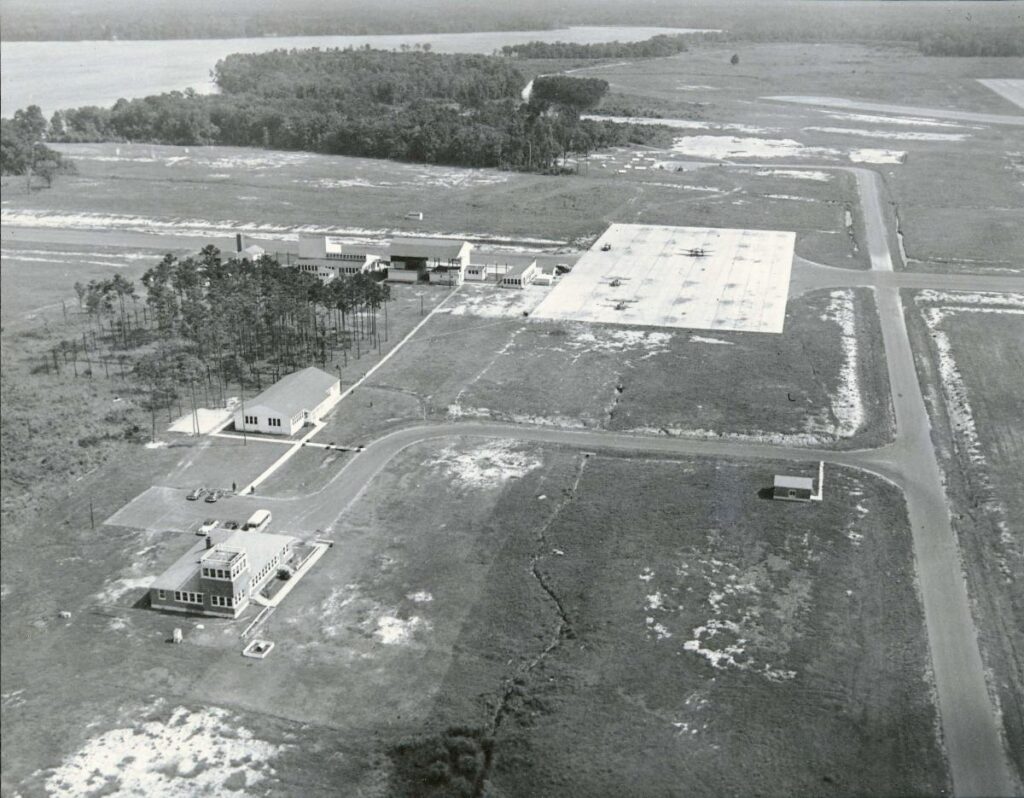
MCAS New River traces its origins to the early 1940s when the U.S. military began an unprecedented expansion to meet the rapidly growing threat of the Axis powers to our national survival. War plans projected a strategic situation that would initially require two Marine divisions to spearhead a simultaneous war against Germany and Japan. Prior to February 1941, however, the U.S. Marine Corps had never formed a division and the Fleet Marine Forces consisted of only two under-strength brigades. Immediate priority was given by the Marine Corps to create two divisions, one on each coast, and establish suitable training areas where units could be formed and their Marines trained to conduct amphibious operations. Onslow County was selected as the site of the east coast division training center, subsequently named Camp Lejeune, and the first elements of the 1st Marine Division (MarDiv) began to arrive during September 1941.1
Essential to the success of a MarDiv in amphibious operations is the support provided by its assigned aircraft units. This was no less true in 1941 and a site within Craven County called Cherry Point, approximately 28 miles northeast of the training center, was chosen for the construction of the airbase that was to provide the air assets needed for training the division as well as to train its own fledging aircraft wing. Aircraft support, now as then, requires prudent safety considerations and an emergency landing field within Camp Lejeune was a necessity. After discarding two sites as unsuitable, a third site aboard the base located between Peterfield Point and Southwest Creek on the western’ side of the New River, designated as Emergency Landing Field (ELF) #3, was selected. This was the genesis of MCAS New River.[i]
Marine Corps Base Camp Lejeune
Marine Corps Air Station Cherry Point
Marine Corps Air Station New River
Marine Corps Camp Geiger | Marine Corps Camp Johnson
Marine Corps Recruit Depot Parris Island
Marine Corps Air Station Beaufort
This issue of FRONT AND CENTER features
Marine Corps Camp Geiger.
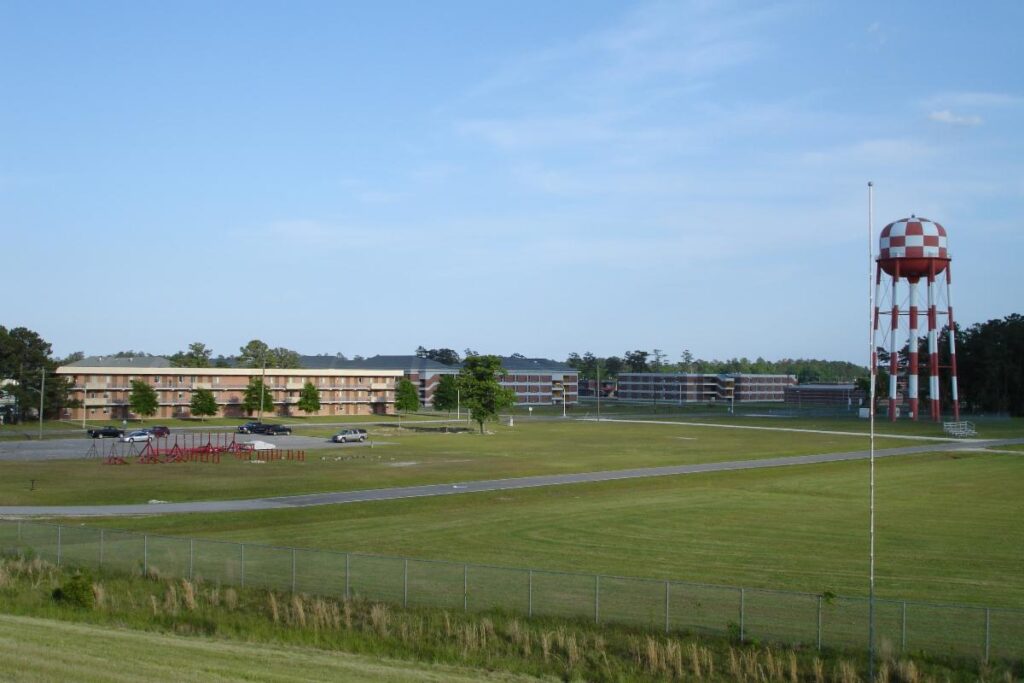
Camp Geiger shares the main gate with Marine Corps Air Station New River and trains approximately 20,000 Marines per year.
Camp Geiger is named in honor of General Roy Geiger, who was a Marine aviator and commander of the I Amphibious Corps, III Amphibious Corps, and the Tenth United States Army during World War II.
Camp Geiger, originally known as Tent Camp, was the first section at Marine Corps Base Lejeune to be constructed beginning in April 1941. The tent camp was intended to house the 1st Marine Division while the division’s permanent facilities were being built at Hadnot Point. Tent Camp No. 1 consisted of seven north-south streets and six east-west streets laid out in a grid pattern. Sixteen blocks were designated for enlisted men’s tents and washrooms. Each canvas tent was 20 foot square with a pyramidal roof raised on a wooden platform. The tents were grouped into rows of eight. Nine rows of tents were grouped together on each block with five concrete-block washrooms. Officers were to be housed in barracks on the west side of the camp but these buildings were not constructed until later. Three mess halls were built in the center of the camp, one for officers and two for enlisted men. In July of 1941 Tent Camp No. 1, the northern section of Camp Geiger was largely completed. Work began on design and construction of Tent Camp No. 2 in December of that year. The second tent camp became the southern section of Camp Geiger as the street grid pattern was simply extended south. The major difference between the two tent camps was that homosote huts were built for enlisted men in Tent Camp No. 2. This type of pre-fabricated construction continued to be used throughout the base.
Today the Chapel (TC601), built between late 1941 and 1942, is the only building remaining from the World War II era Tent Camps 1 and 2. It stands at what was originally the center of this encampment. The circular roadway marking the entrance to the encampment was built in the early 1950s in association with reconstruction of the encampment (using concrete block) and its renaming in honor of pioneering Marine aviator Gen. Roy Stanley Geiger (1885-1947). A flagpole and four monuments stand within the circle. The first honors Lance Corporal Julius C. Foster (1938-1968). The second honors Marines who died in Lebanon between 1982 and 1984. The third memorializes the service of the 4th Marine Division, which fought on Roi-Namur, Saipan, Tinian and Iwo Jima prior to its deactivation in November 1945. The fourth monument was erected in honor of General Geiger (1885-1947).
lejeunemarines.mil
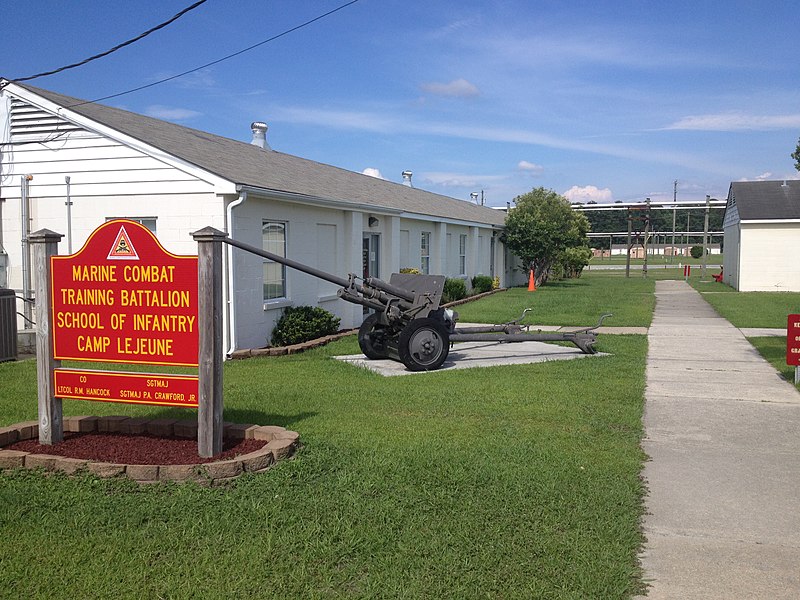
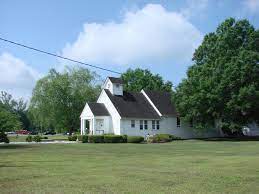
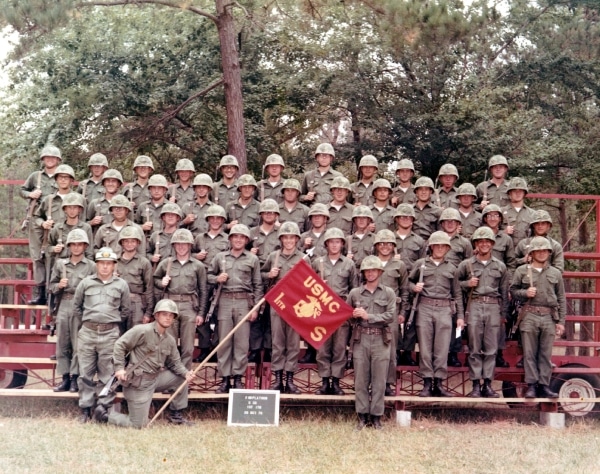
IN THE NEWS
LtCol Lynn Kimball, USMC (Ret)
Flying Leatherneck Museum to Reopen!
Click here to read all about it!
Military.com article by Patricia Kime
The last A-4M Skyhawk “Easter Egg” at The Flying Leatherneck Aviation Museum outside Marine Corps Air Station Miramar, Calif, July 19, 2012. (Marine Corps photo by Pfc. Raquel Barraza)
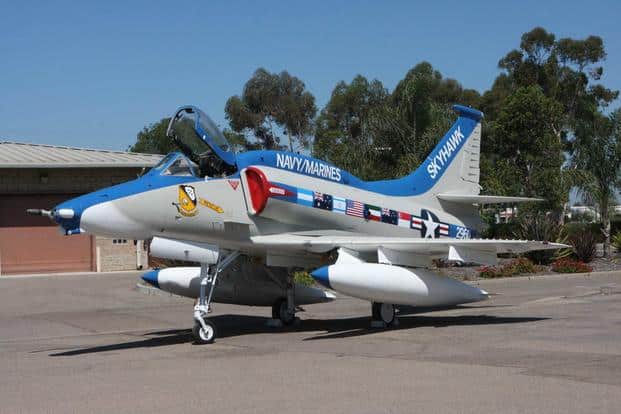
Do your know where your foursome is?
Sign up for the 12th Annual Golf Classic, presented by Coastal Enterprises and benefitting Carolina Museum of the Marine.

Please join us in supporting the mission of
Carolina Museum of the Marine
When you give to our annual campaign, you help to ensure that operations continue during construction and when the doors open!
Stand with us
as we stand up the Museum!
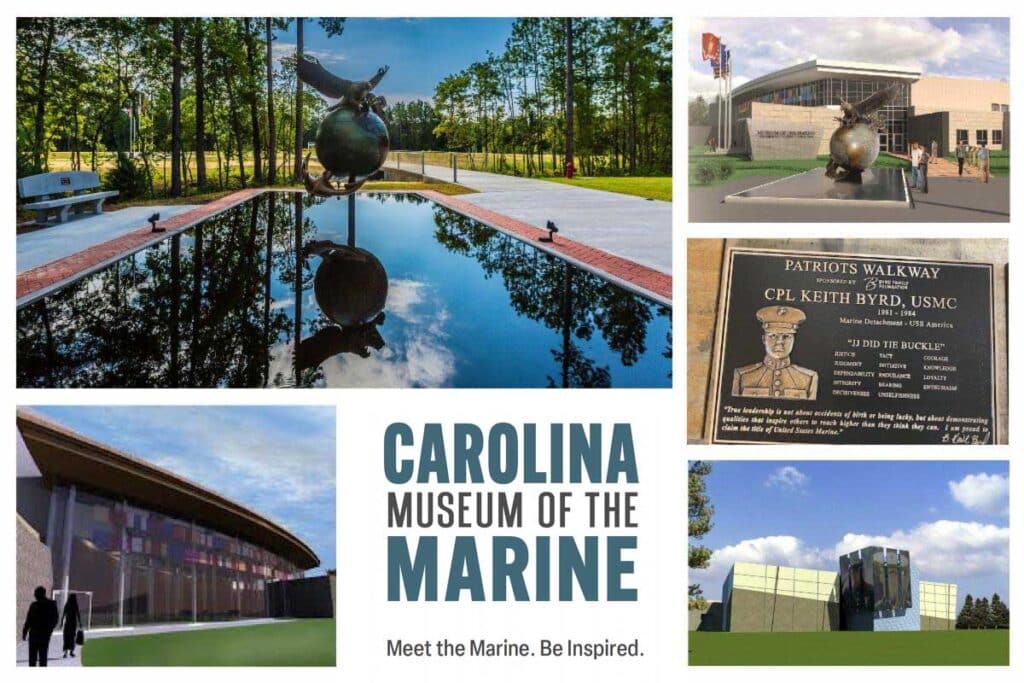
Copyright April 2022
Carolina Museum of the Marine
2021-2022 Board of Directors
Executive Committee
BGen Dick Vercauteren, USMC (Ret) – Chair
Mr. Mark Cramer, JD – Vice Chair
CAPT Pat Alford, USN (Ret) – Treasurer
Col Joe Atkins, USAF (Ret) – Secretary
Col John B. Sollis, USMC (Ret) – Immediate Past Chair
General Al Gray, USMC (Ret), 29th Commandant – At-Large Member
LtGen Gary S. McKissock, USMC (Ret) – At-Large Member
Members
Mr. Terry Branton
Mr. Tom DeSanctis
MyGySgt Osceola Elliss, USMC (Ret)
Col Chuck Geiger, USMC (Ret)
Col Bruce Gombar, USMC (Ret)
LtCol Lynn “Kim” Kimball, USMC (Ret)
CWO4 Richard McIntosh, USMC (Ret)
CWO5 Lisa Potts, USMC (Ret)
Col Grant Sparks, USMC (Ret)
GySgt Forest Spencer, USMC (Ret)
Staff
Ashley Danielson, Executive Director | VP of Development
SgtMaj Joe Houle, USMC (Ret), Operations and Artifacts Director
Richard Koeckert, Accounting Manager
Carolina Museum of the Marine is a nonprofit organization that is rigorously nonpartisan, independent and objective.


